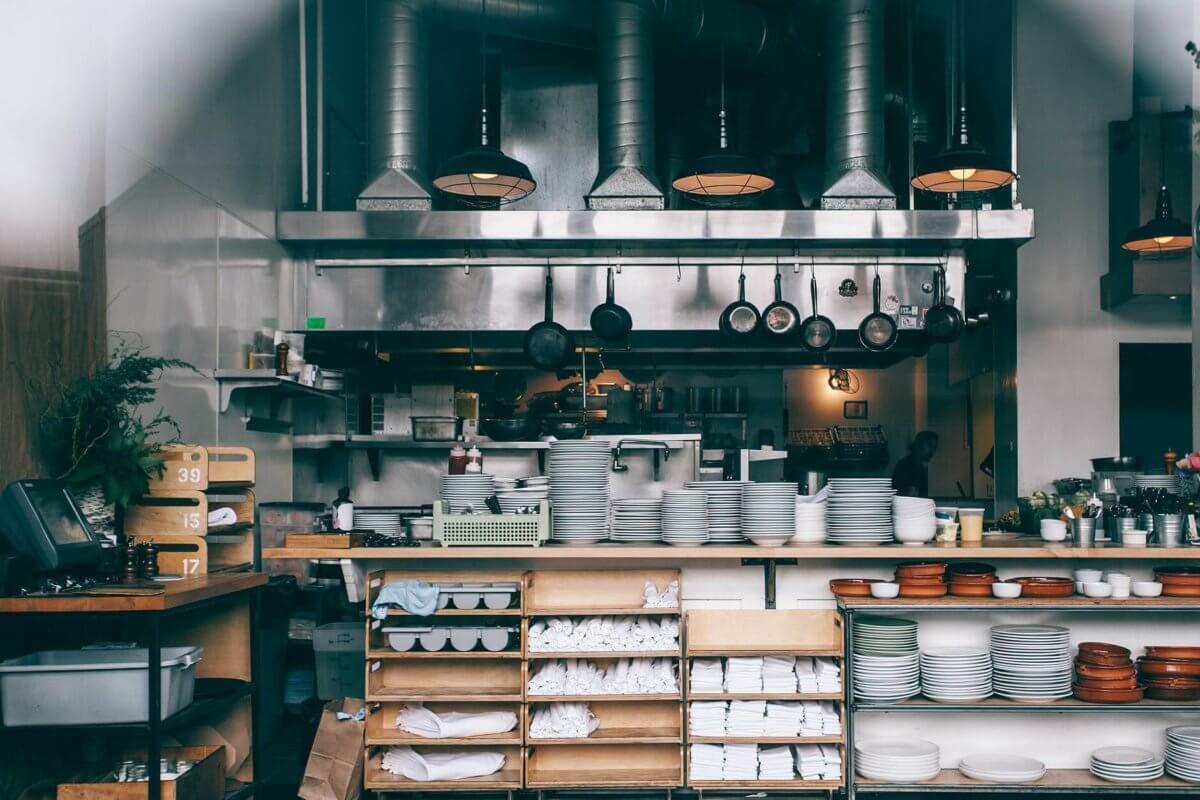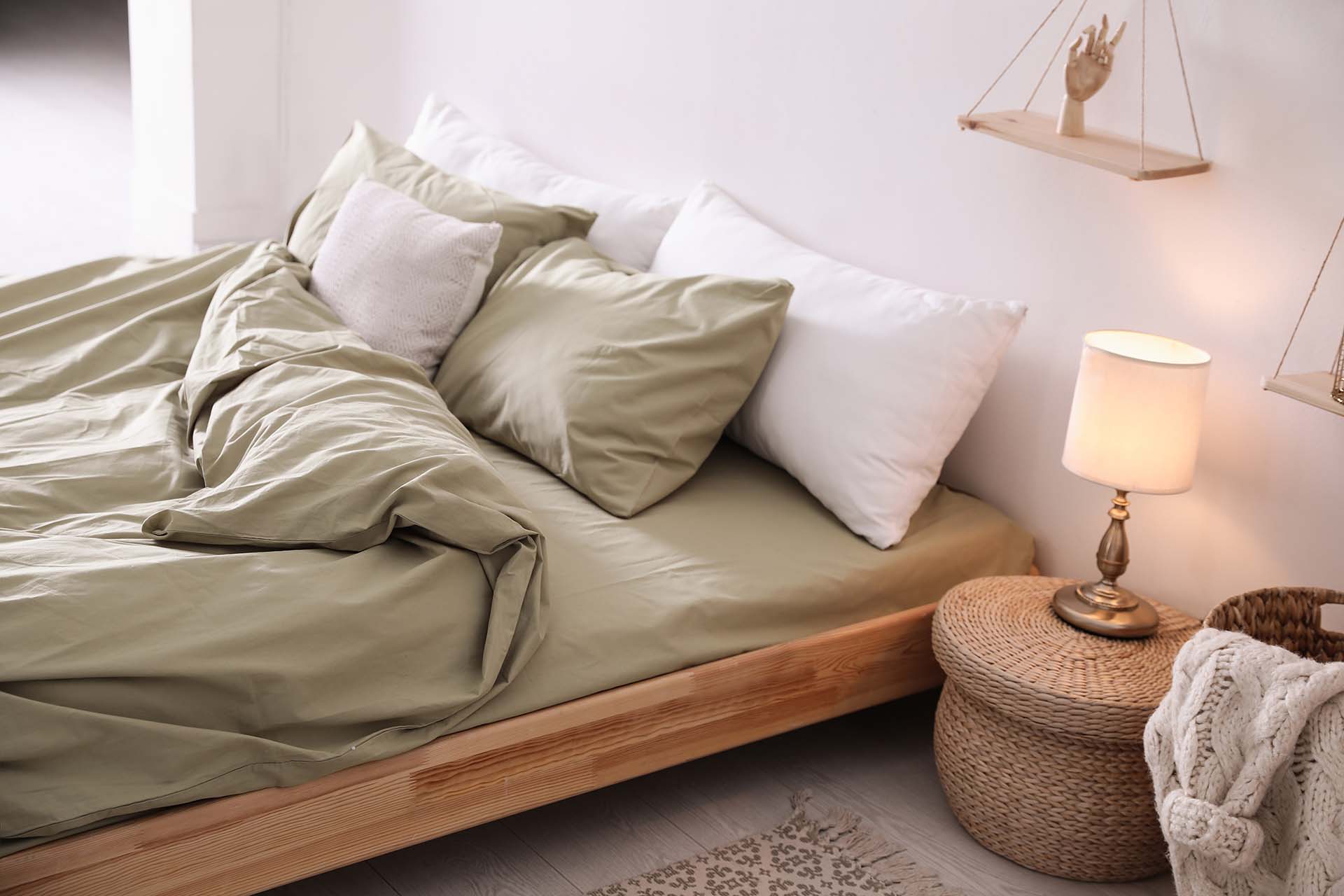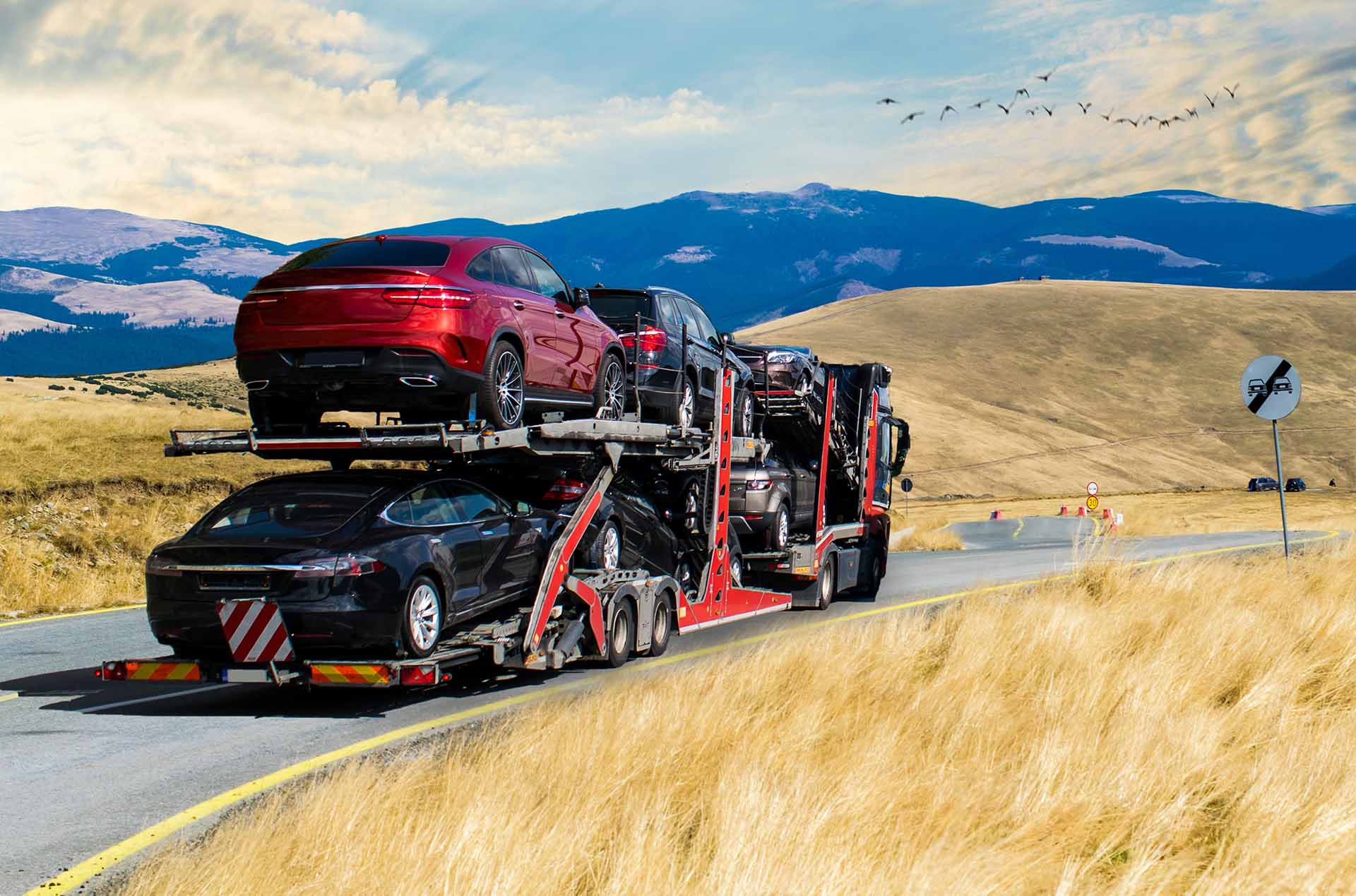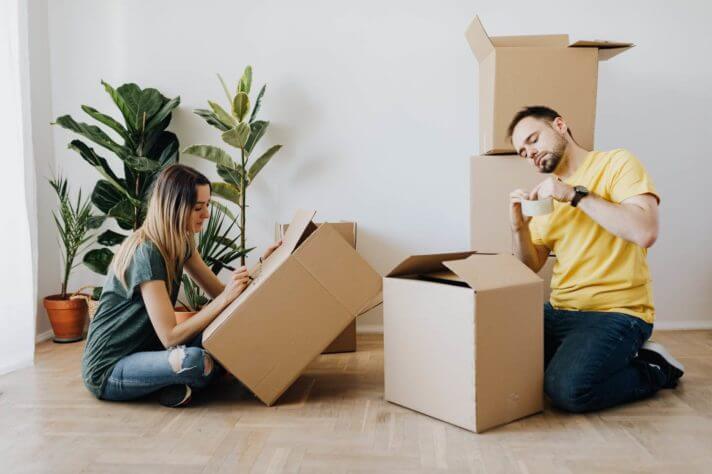When you decided it’s the best time to move, you probably started thinking about how do you pack pots and pans to move and the entire kitchenware. Don’t panic because, with some useful tips and tricks, you can do it quickly. However, we all know how many appliances and items there are in the kitchen, plus the storage. That’s why we prepared some fantastic tips that will make your relocation a breeze.
Moving Kitchen Can Be a Breeze If You Know How to Pack Pots and Pans
If you’re wondering how to pack pots and pans and prepare your kitchen for the move, you should know that it isn’t a task you can do in just one or two hours. On average, it will take 2-3 days to pack a two-bedroom home, and almost every house or apartment has a kitchen, so you do the math.


How to Pack Pots and Pans for Moving – Get Organized and Declutter
It is essential to properly secure your kitchenware because even the smallest scratch can get them unusable, and you’ll have to toss them. So, no matter the reasons for your move, you should start organizing it on time and decide where you will start. If you never packed the kitchen before, the best solution is to start precisely from there.
Another important thing to do, especially if relocating to a smaller home, where you will have less space for your stuff, is to declutter. Like you would normally declutter your bedroom or workroom, do the decluttering process in your dining room and storage, as well. Set aside all the items you don’t use anymore, and check Goodwill and other places where you can donate some of your unwanted stuff.
The Best Way to Pack Pots and Pans is to Check Your Storage and Pack Only What You Need
If you’re in a last-minute move, you’ll likely forget to check some of the drawers or even the storage. So, when you’re making your relocation checklist, make sure there is a task to check the storage unit. You surely don’t want to deal with all those items in there on the relocation day and when the professional long-distance movers start loading the truck with your stuff.


Get the Right Materials When Packing Pots and Pans for Moving Cross Country
One of the crucial steps when wondering how do you pack kitchenware is to have the right wrapping material and get them as much as possible. Here are some of the materials that provide the best protection for your cookware:
- Boxes – because the cookware has a bit irregular shape, you should store them in medium or larger-sized boxes when relocating cross country.
- Packing cushioning – it will protect your cookware from scratching and damaging during transportation.
- Tape – with the tape, you should reinforce each box and secure each side.
- Marker – write on the sides of the boxes what is in them – in this case, cookware.
- Fragile sticker – just in case, you can put the ”Fragile” sign so that the professional cross-country movers will know they should handle those boxes with extra care.
Wrap the Glass Lids and Protect Them From Breaking When Cross Country Moving
If you want to preserve your lids, you can use packing paper to do it. It may not be the same as packing fragile items, but you should use some tricks for protecting lids when long-distance moving. You should know that you need to make sure they are completely protected and stored in a separate box. That way, you’ll spare them from breaking during transportation.


Ensure Your Cookware Is Clean and Dry Before Professional Long-Distance Movers Come
Even if you’ve invested in professional cross-country moving services, there are some things you should do to prepare each item for safe transport. It’s an essential thing to remember to have all of your cookware cleaned and dried. You surely don’t want the cleaning part as one of the things you have to do after relocating. Having everything ready to use once you unpack each box will help you adjust to the new home much easier.
How to Pack Pots and Pans for Shipping – Is It OK to Stack Pots and Pans?
The answer is yes. However, you have to wrap your cookware carefully and make sure to put one layer of packing paper between each item, so there is no room for breaking or scratching the items. When cross-country moving, one of the useful packing tips is to fill each box with some soft material and don’t let the items get damaged inside. If you’re using professional long-distance moving services, you don’t have to worry about these things since the efficient movers will wrap your cookware and fill out the boxes with packing peanuts.


Do You Need to Wrap Pots and Pans When Moving Long-Distance – Useful Tips on How to Do It Efficiently
The first thing to do is to put some paper or any other soft material in the box before you even start putting the cookware in. Another hack that will save you a lot of space is to put a smaller pot or pan into larger ones. But notice you have to wrap each item first separately. First goes the heaviest one, and then you can finish with the lightest pantry on top.
Leave No Empty Space When Packing Pots and Pans
As already mentioned above, it is essential not to leave free space in the box. So if you’re looking for the cheapest way to move, you can use what you find at home – any kind of paper and soft material (sheets, socks, sponges.)
How Do You Pack Pots and Pans for Moving? Secure Each Box and Label It Correctly
Last but not least – the labeling. It is crucial you remember to label each box with exactly what’s in it. That way, the unboxing will be a breeze because you’ll start your unpacking process with the most needed place in your house – the kitchen. It will make things easier for your long-distance moving company, too. For more awesome hacks on how to do labeling, watch the video below.
The Best Way to Pack and Handle Pots and Pans is to Let the Trustworthy Cross-Country Movers Handle Your Relocation
Planning a long-distance relocation is a challenging process so having at your side a professional cross-country moving company with reliable packing services and all the benefits of storage facilities is essential. That will leave you with enough time to think about other tasks, like whether you should transport your car or other bigger things that are on your mind, such as meeting your new neighbors.
You don’t have to waste a lot of time shopping around for cross-country moving companies because you’re at the right place. Contact our cross-country moving team to handle your relocation with ease.
FAQ
What Is the Best Way to Pack Pots and Pans?
To pack pots and pans, start by cleaning and drying them. Line the bottom of a large box with paper or bubble wrap for cushioning. To save space, place smaller pots and pans inside larger ones and wrap each piece individually in paper or bubble wrap. Place the wrapped pots and pans vertically in the box and fill any empty spaces with additional paper or bubble wrap to prevent shifting during transport. Label the box as “Fragile” and “Pots and Pans” to ensure proper handling during the moving process.
How Do I Prevent My Pots and Pans From Scratching During the Move?
To prevent pots and pans from scratching during the move, use paper or bubble wrap to wrap each piece individually and fill any empty spaces in the box with additional cushioning material. You can also place a layer of paper or cloth between each pot and pan to prevent them from rubbing against each other.
How Should I Pack My Cast Iron Skillet?
To pack a cast iron skillet, start by cleaning and drying it thoroughly. Wrap the skillet in a layer of paper or cloth to prevent scratches during the move. Place it in a box filled with additional cushioning material such as paper or bubble wrap and fill any empty spaces with more cushioning material to prevent shifting during transport.
Can I Pack Pots and Pans in Their Original Packaging?
Yes, you can pack pots and pans in their original packaging if it’s in good condition and provides adequate protection. However, it’s still a good idea to wrap each piece individually in paper or cloth and fill any empty spaces in the box with additional cushioning material to prevent shifting during transport. If the original packaging is damaged or provides insufficient protection, it’s better to use a sturdy box and wrap each piece for extra protection.
Is It Okay to Stack Pots and Pans on Top of Each Other?
It is not recommended to stack pots and pans on top of each other as they may scratch or damage each other during transport. It’s best to wrap each piece individually in paper or cloth and place them vertically in a box filled with additional cushioning material such as paper or bubble wrap. Fill any empty spaces with additional cushioning material to prevent shifting during transport. This will help protect your pots and pans and ensure that they arrive at your new home in the same condition as they were packed.
Can I Use Plastic Bags to Pack My Pots and Pans?
Using plastic bags to pack pots and pans is not recommended as they may not provide adequate protection during the move. Pots and pans can shift and scratch each other, and plastic bags may not prevent this from happening.





